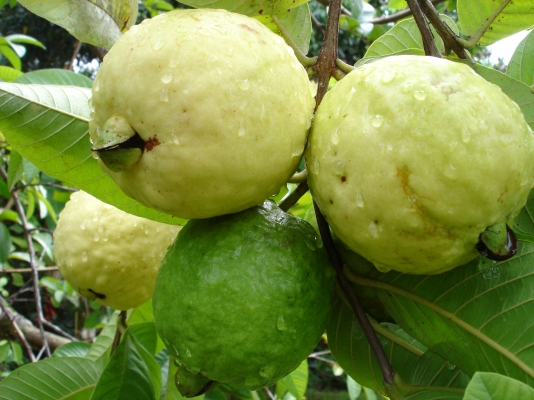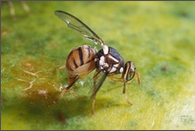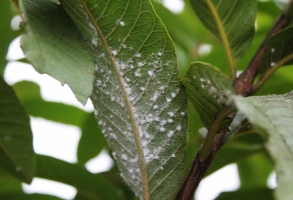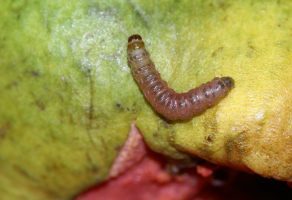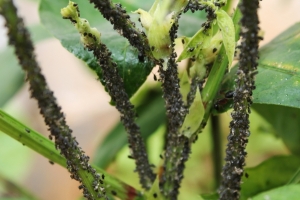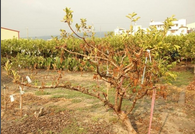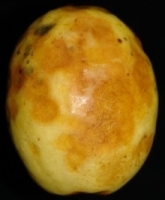Punjab Pink: Fruits is of medium to large size with attractive skin color, gives golden yellow color in summer season. Flesh of fruit is of red color with pleasant flavour. TSS ranges from 10.5 to 12%. Gives average yield of 155 kg per tree.
Allahbad Safeda: Dwarf variety with round crown and spreading branches. Fruit is smooth, round and flesh is of white color with pleasant flavor. TSS ranges from 10-12%. Gives average yield of 145 kg per Tree.
Arka Amulya: Dwarf variety with compact, round crown with dense foliage. Fruit is of large size, smooth, round and having white flesh. TSS ranges from 9.3 to 10.1%. Gives average yield of 144 kg per Tree.
Sardar: Also known as L-49. Dwarf variety with spreading branches. Fruit is large in size having rough surface. Flesh is of creamy white, smooth, juicy with rich test. TSS ranges from 10-12%. Gives average yield of 130-155 kg per tree.
Punjab Safeda: It has creamy and white flesh. The fruit contains 13.4% sugar content and are 0.62% sour.
Punjab Kiran: It has pink flesh. The fruit contains 12.3% sugar content and 0.44% sour content. The seeds are small and soft.
Shweta: It has creamy white flesh. The fruit contains 10.5-11.0% sucrose content. It gives an average yield of 151kg per tree.
Nigiski: It gives an average yield of 80kg per tree.
Punjab Soft: It gives an average yield of 85kg per tree.
Other States Variety
Allahabad Surkha: Seedless variety. Large fruit with uniform pink color flesh.
Apple guava: Pink colored medium size fruits. Fruits are having sweet taste with good keeping quality.
Chittidar: Popular variety of Uttar Pradesh. Fruits are similar to Allahbad Safeda variety except these fruits having red dots on skin. Its TSS content is higher than Allahbad Safeda and L 49 variety.

